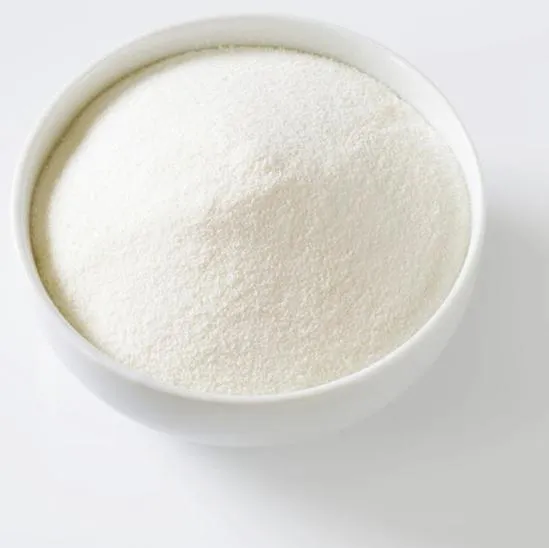Warning: Undefined array key "title" in /home/www/wwwroot/HTML/www.exportstart.com/wp-content/themes/1198/header.php on line 6
Warning: Undefined array key "file" in /home/www/wwwroot/HTML/www.exportstart.com/wp-content/themes/1198/header.php on line 7
Warning: Undefined array key "title" in /home/www/wwwroot/HTML/www.exportstart.com/wp-content/themes/1198/header.php on line 7
Warning: Undefined array key "title" in /home/www/wwwroot/HTML/www.exportstart.com/wp-content/themes/1198/header.php on line 7
- Afrikaans
- Albanian
- Amharic
- Arabic
- Armenian
- Azerbaijani
- Basque
- Belarusian
- Bengali
- Bosnian
- Bulgarian
- Catalan
- Cebuano
- China
- China (Taiwan)
- Corsican
- Croatian
- Czech
- Danish
- Dutch
- English
- Esperanto
- Estonian
- Finnish
- French
- Frisian
- Galician
- Georgian
- German
- Greek
- Gujarati
- Haitian Creole
- hausa
- hawaiian
- Hebrew
- Hindi
- Miao
- Hungarian
- Icelandic
- igbo
- Indonesian
- irish
- Italian
- Japanese
- Javanese
- Kannada
- kazakh
- Khmer
- Rwandese
- Korean
- Kurdish
- Kyrgyz
- Lao
- Latin
- Latvian
- Lithuanian
- Luxembourgish
- Macedonian
- Malgashi
- Malay
- Malayalam
- Maltese
- Maori
- Marathi
- Mongolian
- Myanmar
- Nepali
- Norwegian
- Norwegian
- Occitan
- Pashto
- Persian
- Polish
- Portuguese
- Punjabi
- Romanian
- Russian
- Samoan
- Scottish Gaelic
- Serbian
- Sesotho
- Shona
- Sindhi
- Sinhala
- Slovak
- Slovenian
- Somali
- Spanish
- Sundanese
- Swahili
- Swedish
- Tagalog
- Tajik
- Tamil
- Tatar
- Telugu
- Thai
- Turkish
- Turkmen
- Ukrainian
- Urdu
- Uighur
- Uzbek
- Vietnamese
- Welsh
- Bantu
- Yiddish
- Yoruba
- Zulu
Dec . 29, 2024 12:24 Back to list
Xanthan Gum Utilization in Oil Drilling for Improved Fluid Performance and Efficiency
Xanthan Gum Application in Oil Drilling for Enhanced Fluid Performance
Xanthan gum, a biopolymer produced by the fermentation of the bacterium Xanthomonas campestris, has gained significant attention in various industries for its unique properties. One of the most promising applications of xanthan gum lies within the oil drilling sector, where it is employed to enhance drilling fluids and improve overall operational efficiency. This article delves into the critical role of xanthan gum in oil drilling, its benefits, and its impact on modern drilling practices.
Understanding Drilling Fluids
Drilling fluids, commonly known as muds, are essential in the oil and gas extraction process. They serve several key functions, including cooling the drill bit, removing cuttings from the wellbore, maintaining hydrostatic pressure, and stabilizing the formation. The performance of these fluids directly influences the drilling process's speed, safety, and cost-effectiveness. Therefore, selecting the appropriate components to formulate drilling fluids is crucial for successful operations.
The Role of Xanthan Gum
Xanthan gum is particularly valued in the formulation of water-based drilling fluids. Its ability to increase viscosity and stabilize the fluid is unparalleled. When xanthan gum is added to drilling mud, it creates a thixotropic gel—a substance that thickens under shear stress but becomes fluid when agitated. This property is especially beneficial in drilling operations, as it helps suspend drill cuttings and prevents them from settling at the bottom of the wellbore.
Moreover, xanthan gum enhances the fluid's ability to form a filter cake on the wellbore’s wall, reducing fluid loss to the formation. This is crucial for maintaining wellbore stability and preventing hydraulic fracturing, which can lead to costly drilling delays and complications. The effective management of fluid loss also contributes to a more environmentally responsible drilling process, as it limits the need for excessive fluid replacement.
Benefits of Using Xanthan Gum in Drilling Operations
'xanthan gum application in oil drilling for enhanced fluid ...'

1. Improved Viscosity Control Xanthan gum allows for better control over the viscosity of drilling fluids. This means that operators can fine-tune the fluid's performance to match specific subsurface conditions, enabling efficient drilling in a range of geological formations.
2. Enhanced Stability The thixotropic nature of xanthan gum contributes to the stability of the drilling fluid regardless of the temperature and pressure conditions in the well. This is vital for ensuring the drilling process is smooth and minimizes the risk of equipment failures.
3. Cuttings Suspension Xanthan gum's rheological properties enhance the suspension of drill cuttings, ensuring they are efficiently carried to the surface. This not only improves the overall efficiency of the drilling but also helps in maintaining a clean and clear wellbore, which is essential for safety.
4. Environmental Benefits As a biodegradable compound, xanthan gum presents a more environmentally friendly alternative to synthetic additives commonly used in drilling fluids. The adoption of xanthan gum can lead to lower environmental impact and compliance with stringent regulations regarding drilling operations.
5. Cost-Effectiveness While the initial cost of xanthan gum may be higher than some traditional additives, its overall contribution to drilling efficiency, reduced incidents, and better control of the drilling process can lead to significant cost savings in the long run.
Conclusion
The application of xanthan gum in oil drilling represents a pivotal advancement in enhancing drilling fluid performance. Its unique properties provide a comprehensive solution to many of the challenges faced in drilling operations, such as cuttings suspension, fluid loss, and environmental impact. As the oil and gas industry continues to evolve, the integration of biopolymers like xanthan gum will likely play a crucial role in achieving more efficient, sustainable, and cost-effective drilling practices. By harnessing the benefits of xanthan gum, companies can optimize their drilling operations and navigate the complexities of modern energy extraction more effectively.
Latest news
-
Certifications for Vegetarian and Xanthan Gum Vegetarian
NewsJun.17,2025
-
Sustainability Trends Reshaping the SLES N70 Market
NewsJun.17,2025
-
Propylene Glycol Use in Vaccines: Balancing Function and Perception
NewsJun.17,2025
-
Petroleum Jelly in Skincare: Balancing Benefits and Backlash
NewsJun.17,2025
-
Energy Price Volatility and Ripple Effect on Caprolactam Markets
NewsJun.17,2025
-
Spectroscopic Techniques for Adipic Acid Molecular Weight
NewsJun.17,2025

